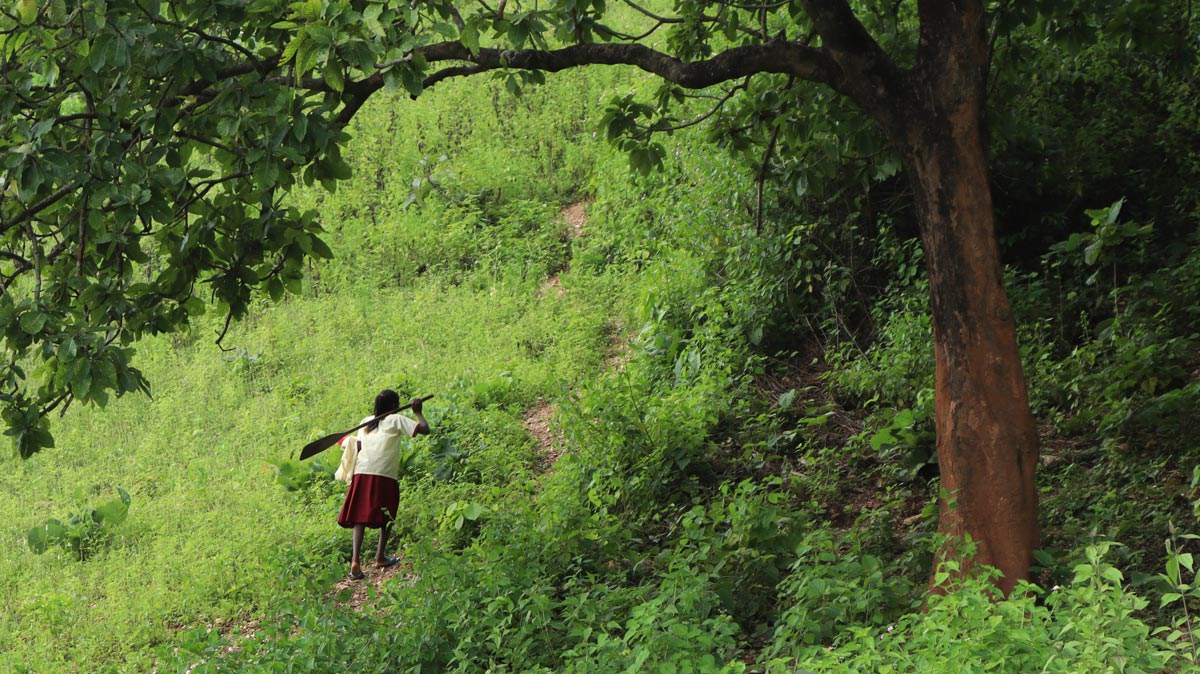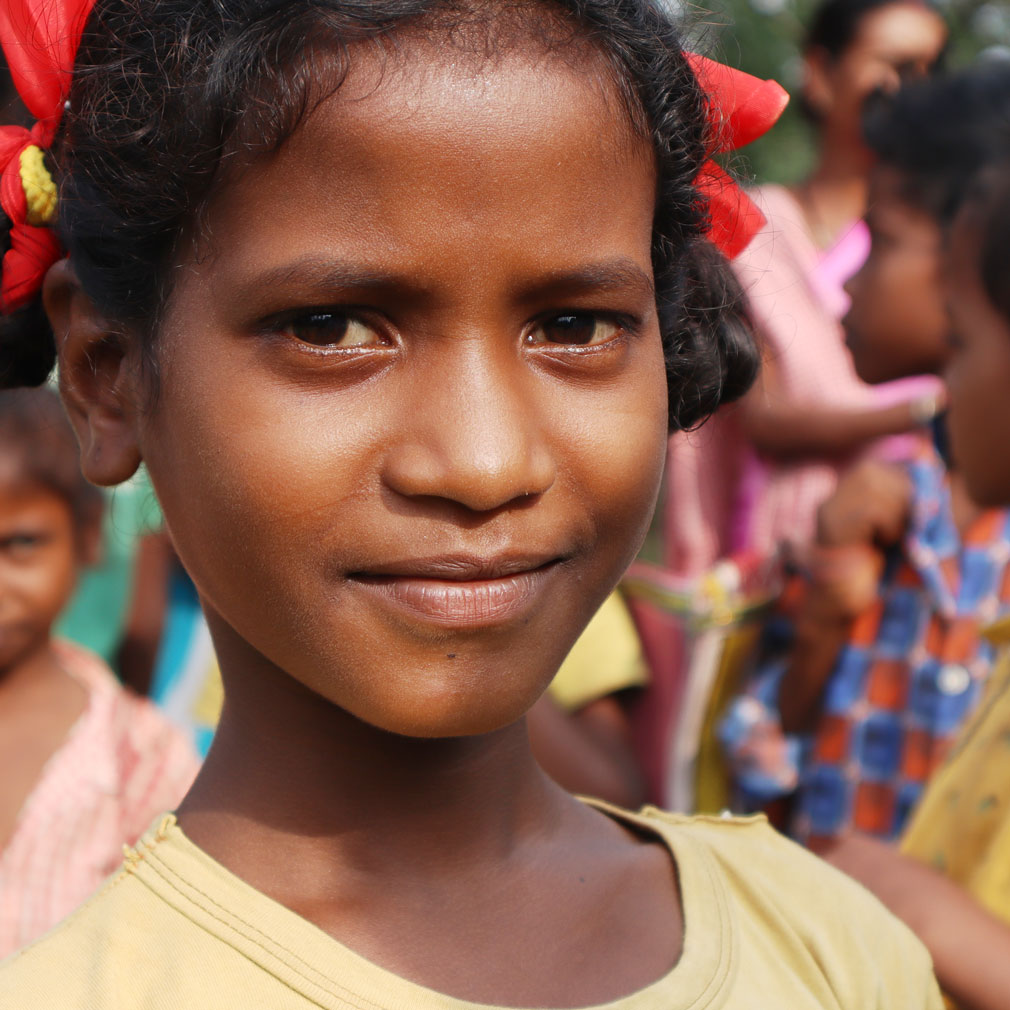Our work starts with mapping all out-of-school children through community contact and household surveys. We identify four types of out-of-school children – migrants, long dropouts (more than six months), short dropouts (less than six months), and never enrolled.
If a child is between the ages of 6-8 years and has never been enrolled in school, she is directly enrolled into the nearest government school.
Dropout children are linked to education through residential and nonresidential bridging. Residential Bridge Course (RBC) and Non-Residential Bridge Course (NRBC) centres ensure children catch up to their grade appropriate learning levels, before re-enrollment in schools.
School Management Committee (SMC) members play an important role in ensuring children complete schooling till grade 10. SMC maintains attendance records through weekly headcount to ensure a child’s continuity in school. SMC also ensures that children are enrolled under the Government of India’s Integrated Child Development Scheme and supports transition of children from anganwadi to primary to upper primary to secondary school.
We use Village Education Register, a tool to monitor the education status of every child from 0 to 18 years in the gram panchayat. The VER is maintained by Aspire staff in collaboration with SMC, community, and panchayats. It is used to track attendance and retention of children. Community has access to the VER to ensure zero drop out through the school cycle.

